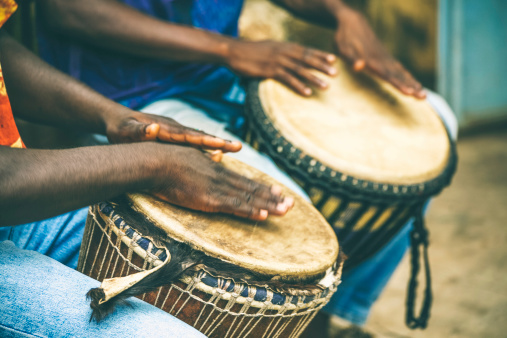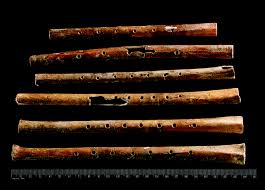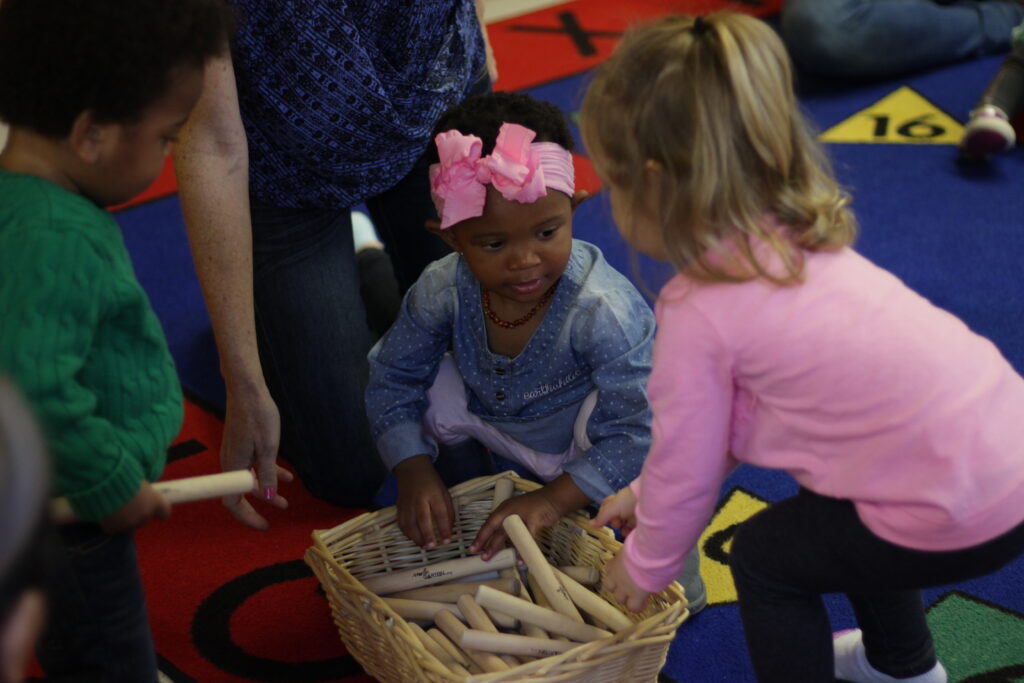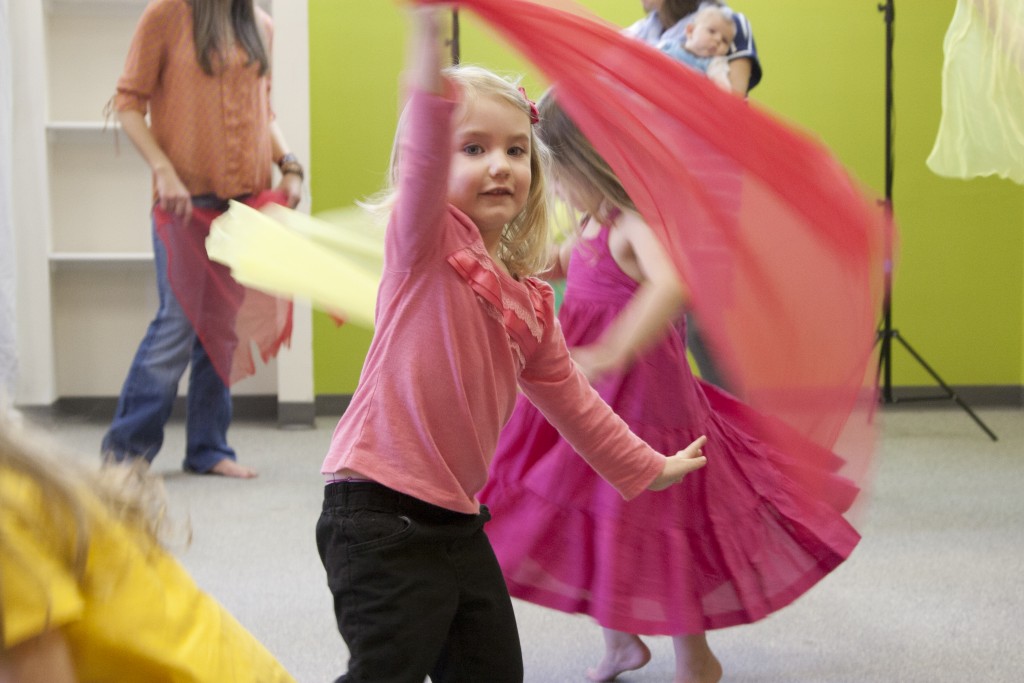Over the last several months, we have been discovering the inseparable relationship between music and the world’s major religions. Beginning with the connection that prehistoric worship and utility shared with rhythm and voice, we have continued our journey by exploring those links into more formalized musical forms as practiced in Buddhism and Christianity. As with these two world religions, Hinduism also has a rich history and tradition of music in worship.
The Mythological and Historical Roots of Hindu Music
Indian music, called Sangeet, has mythological roots that is associated with heavenly singers, the Gandharvas. It was decided to bestow this celestial art upon humankind, but a suitable person was required to receive it into the world. The god-sage Narada, a traveling musician and storyteller predating the second century BCE is believed to be one of the mind-created children of Brahma, the great creator. Narada was chosen as the recipient of the musical art form, which Hindus say arouses the senses and creates spiritual vibrations that enhance devotion. Repetition and chanting often found in Hindu music helps connect devotees to humankind and their spirituality.
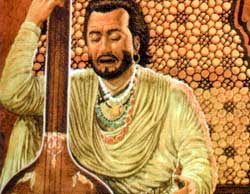
Teaching Music in the Hindu Tradition
From the very early days, Hindu music was considered a means of moral and spiritual redemption rather than mere entertainment. The oldest musical texts are the Sema Veda, consisting of melodies or hymns for reciting during ritual sacrifice. The process of learning to play this music is believed to closely resemble traditional spiritual disciplines. Guru Mukha-Vidya, or knowledge which must come from a teacher, is based on three divine qualities that are inherent in the musical traditions – The guru (teacher), Vinaya (humility), and Sadhana (regular and disciplined practice). This pedagogical tradition of guru transferring knowledge to the disciple is the same approach that many children’s music programs and curricula teach today.
The Evolution of Sangeet and Hindu Music
In the second century BCE, Bharata Muni, a sage who is considered the father of Indian theatrical art forms, laid the foundations for two important principles upon which Indian music is now based – raga being the melodic scale, and tala being the rhythm. The resulting nine principle “mood” or “tastes” that Bharata Muni outlined were based on nava-rasa, or the belief that the primary goal of performance and arts is to transcend the audience into another reality to experience the essence of one’s own consciousness.
Modern Hindu Music and Worship
In Hindu music, there are both ancient traditions and contemporary songs, with mysticism and dynamism being common threads. Much of this framework is provided by two main classical music forms – Hindustani, from northern India, and Carnatic, from the south. Hindu Music is also as varied as Christian Music in the US, including rock, rap, and jazz, as well as taking influences from other cultures and nations such as Arabic and British songs. Instruments have also played a major role in Hindu music. The sitar, a stringed instrument, is common in Hindustani music, in which flexibility and improvisation shape songs. Carnatic songs are beat heavy and commonly feature a drum called the mridangam. Classical hindu instruments also include the tabla, include the flute, vina, sitar, sarangi, santoor, and shenai.
Despite all of the variances in musical styles, nearly all Hindu music is considered to be divine, providing a means by which listeners and performers alike can concentrate on blessings and remember the good things in life. Its pedagogical approach to disciplined learning and practice under a teacher or guru can be seen in many children’s music education programs today. In our next post of this series on music and the world’s major religions, we will explore the relationship between Islam and music.






